Description

Dornier DOJ
Dimension: 35 cm long / 47 cm w/s
High-quality model, only one model available
Mahogany Wooden Model
Airplane Collection models are collection pieces for the following technical reasons. Firstly, the models are limited editions and hand-crafted. Secondly, the replica is an accurate scaled-down model of the original aircraft. All specifications of the airplane’s design are religiously respected for accuracy. Thirdly, the wood is carefully chosen for its natural beauty, colour and grain in function to the type of aircraft model. A predetermined time is taken to dry and conserve the wood before the hand-crafting by our artists.
The Dornier Do J Wal (“whale“) is a twin-engine German flying boat of the 1920s designed by Dornier Flugzeugwerke. The Do J was designated the Do 16 by the Reich Air Ministry (RLM) under its aircraft designation system of 1933.
The Do J had a high-mounted strut-braced parasol wing with two piston engines mounted in tandem in a central nacelle above the wing; one engine drove a tractor and the other drove a pusher propeller. The hull made use of Claudius Dornier‘s patented sponsons on the hull’s sides, first pioneered with the earlier, Dornier-designed Zeppelin-Lindau Rs.IV flying boat late in World War I.[1][2] The Do J made its maiden flight on 6 November 1922. The flight, as well as most production until 1932, took place in Italy because of the restrictions on aviation in Germany after World War I under the terms of the Treaty of Versailles. Dornier began to produce the Wal in Germany in 1931; production went on until 1936.
In the military version (Militärwal in German),[3] a crew of two to four rode in an open cockpit near the nose of the hull. There was one machine gun position in the bow in front of the cockpit and one or two amidships. Beginning with Spain, military versions were delivered to Argentina, Chile and the Netherlands for use in their colonies; examples were also sent to Yugoslavia, the Soviet Union and to the end of production Italy and Germany. The main military users, Spain and the Netherlands, manufactured their own versions under licence. Several countries, notably Italy, Norway, Portugal, Uruguay and Germany, employed the Wal for military tasks.
The civil version (Kabinenwal or Verkehrswal) [3] had a cabin in the nose, offering space for up to 12 passengers, while the open cockpit was moved further aft. Main users of this version were Germany, Italy, Brazil and Colombia.
Additional information
| Weight | 1800 g |
|---|---|
| Dimensions | 40 × 24 × 18 cm |

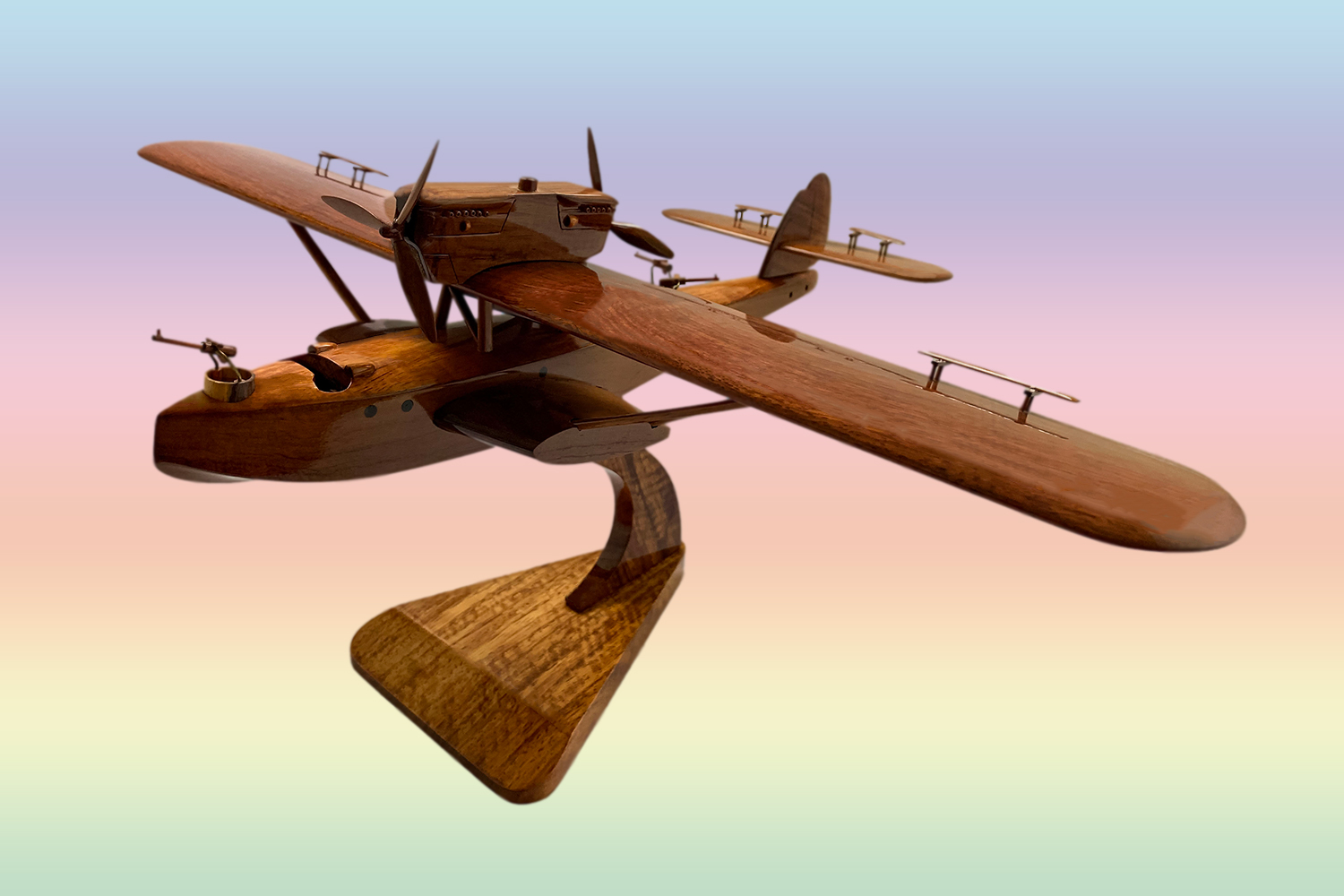

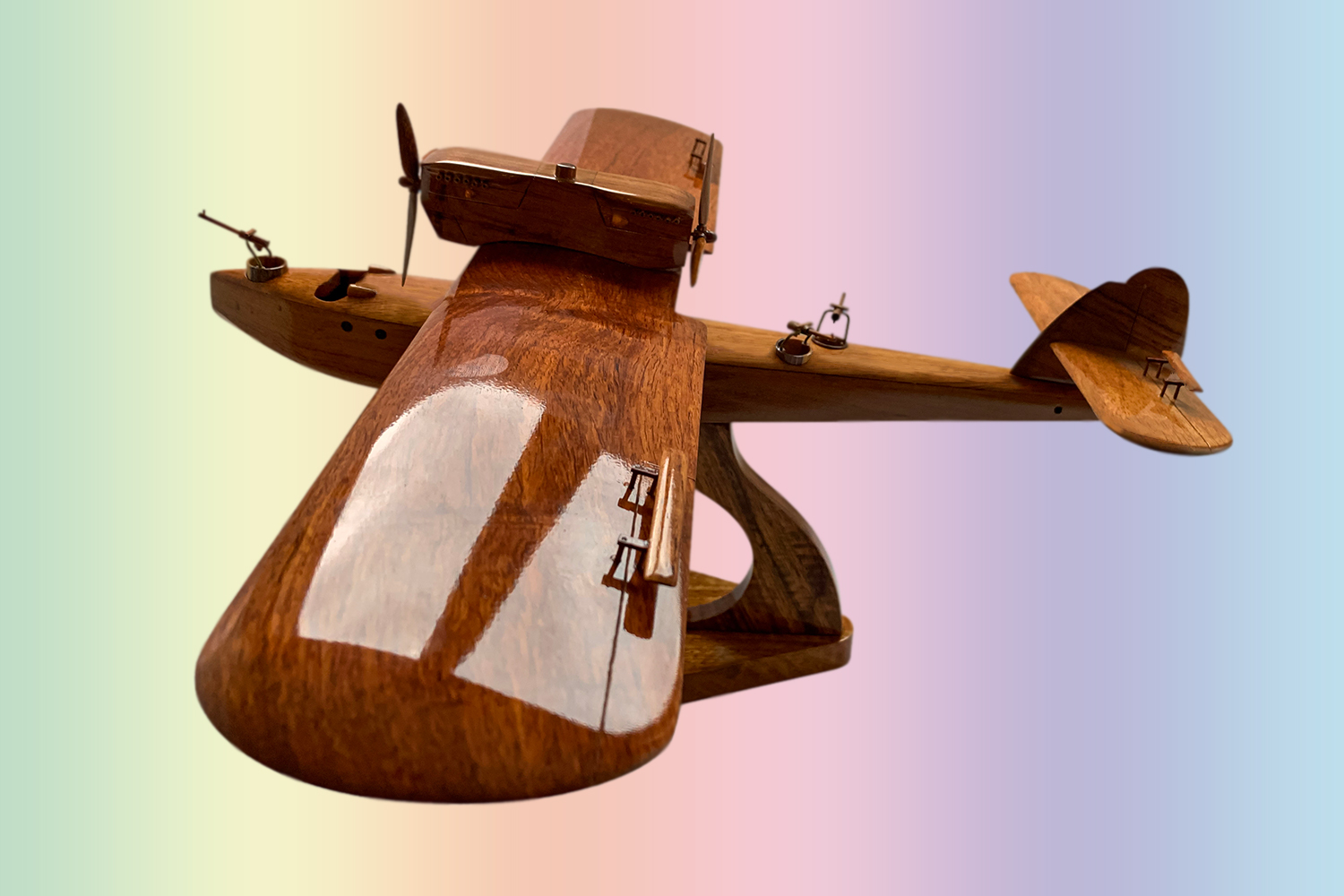
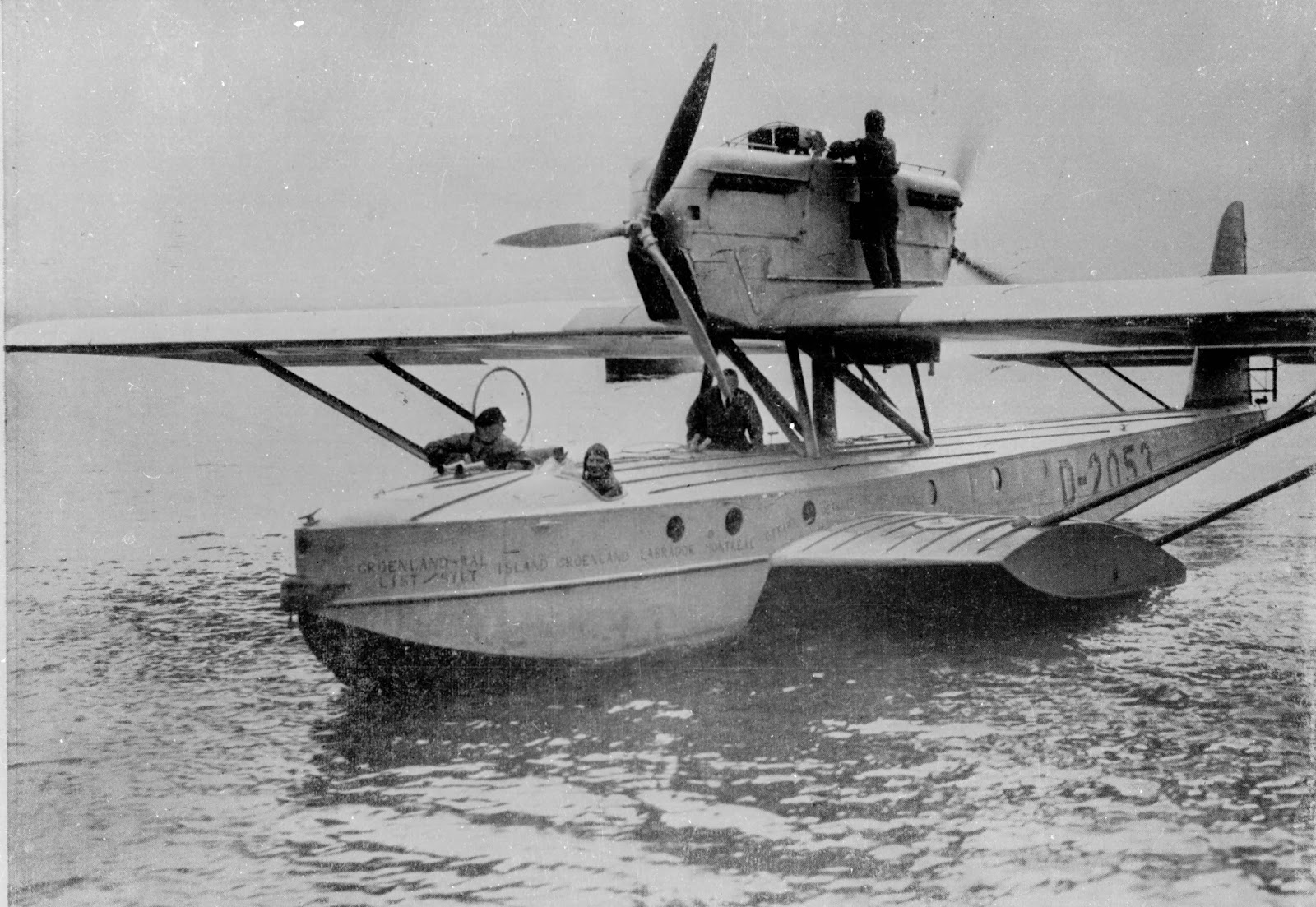
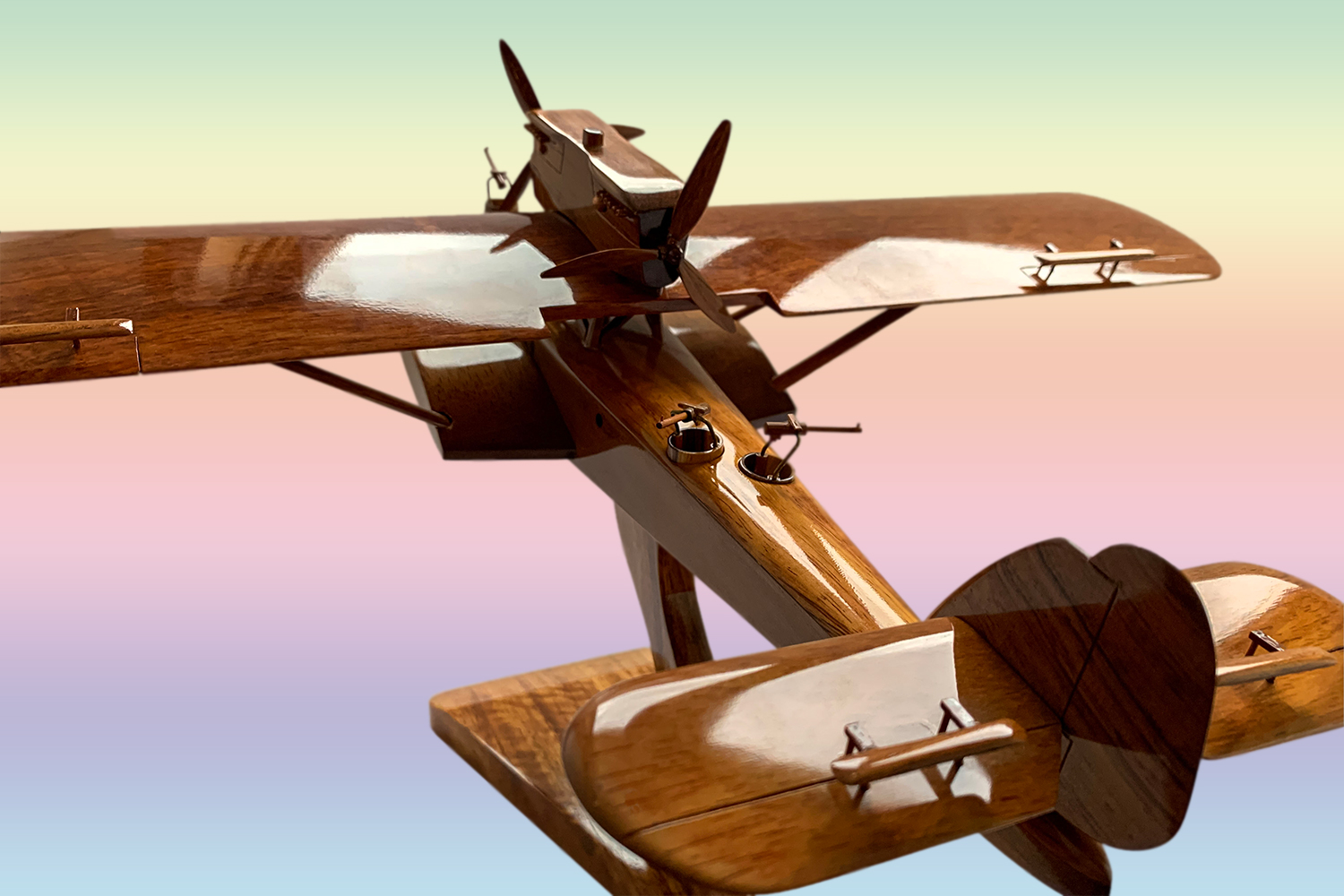
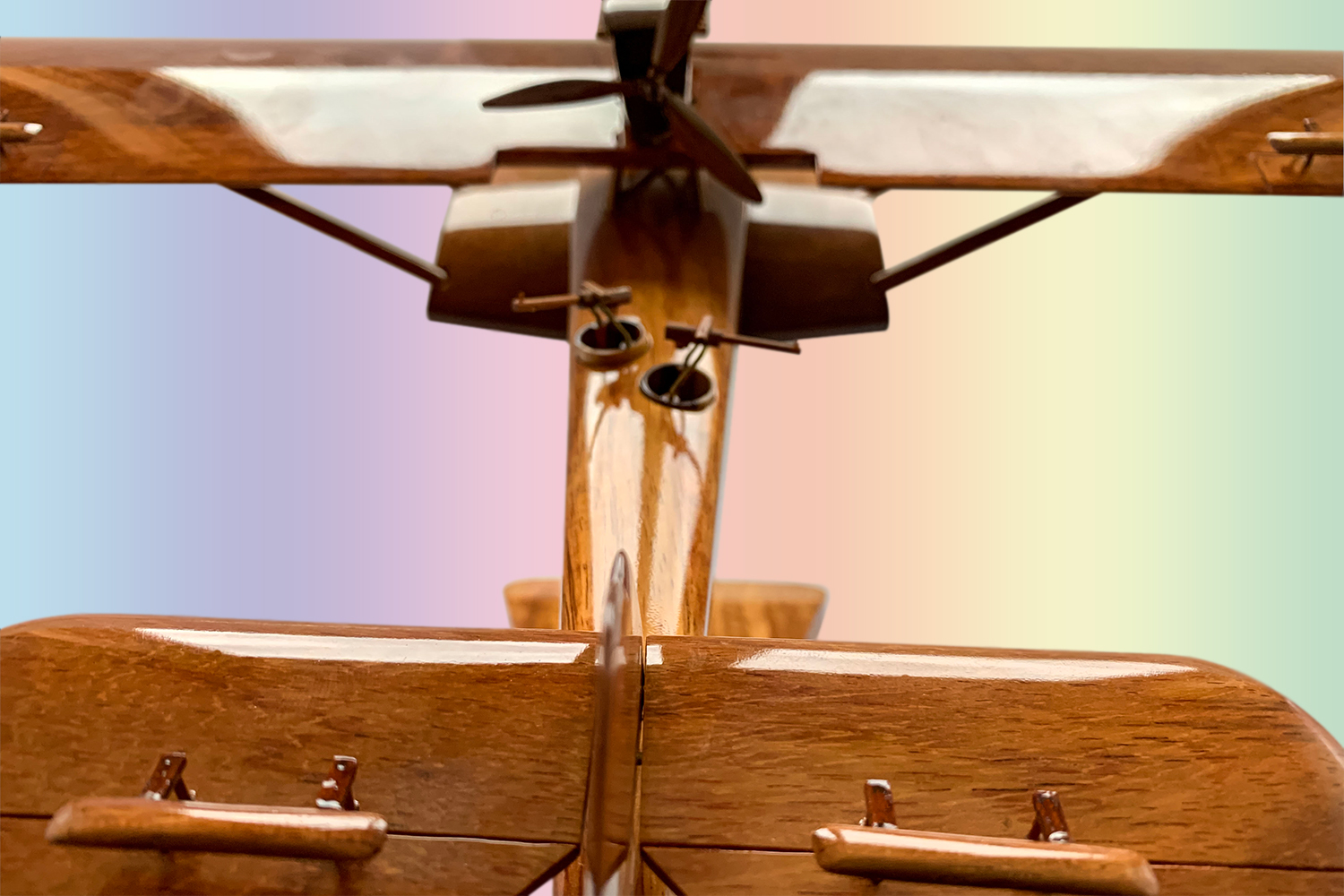
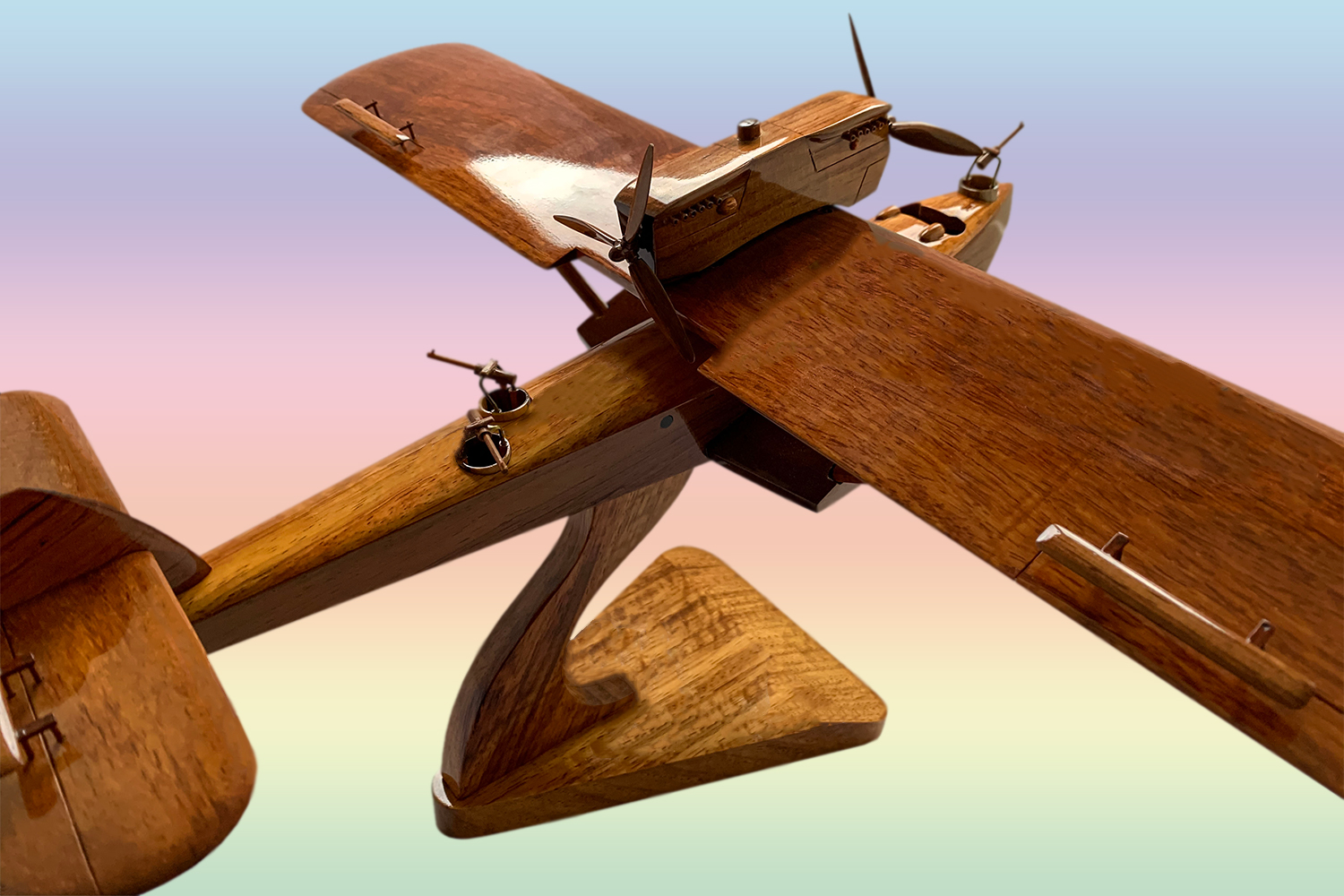
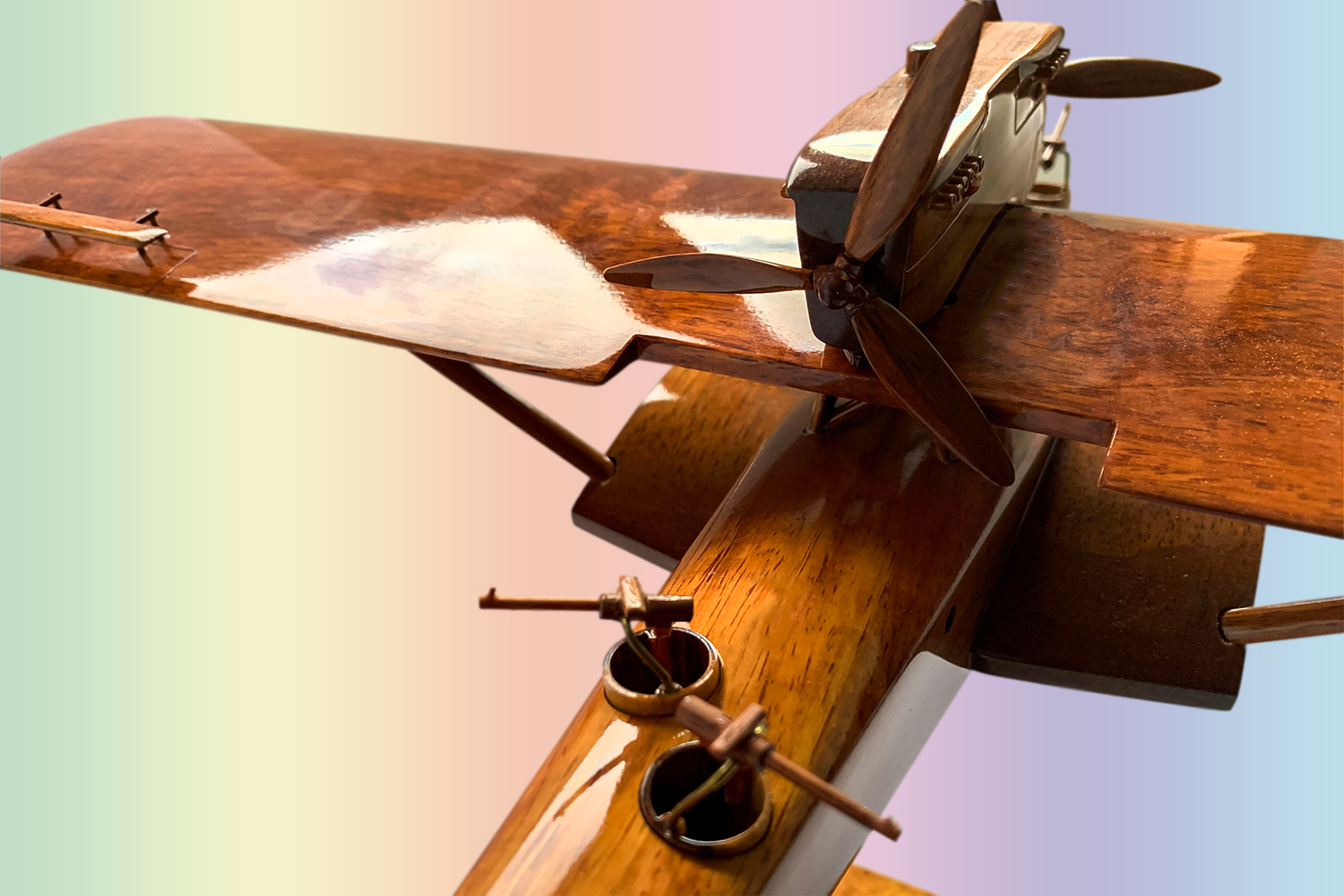


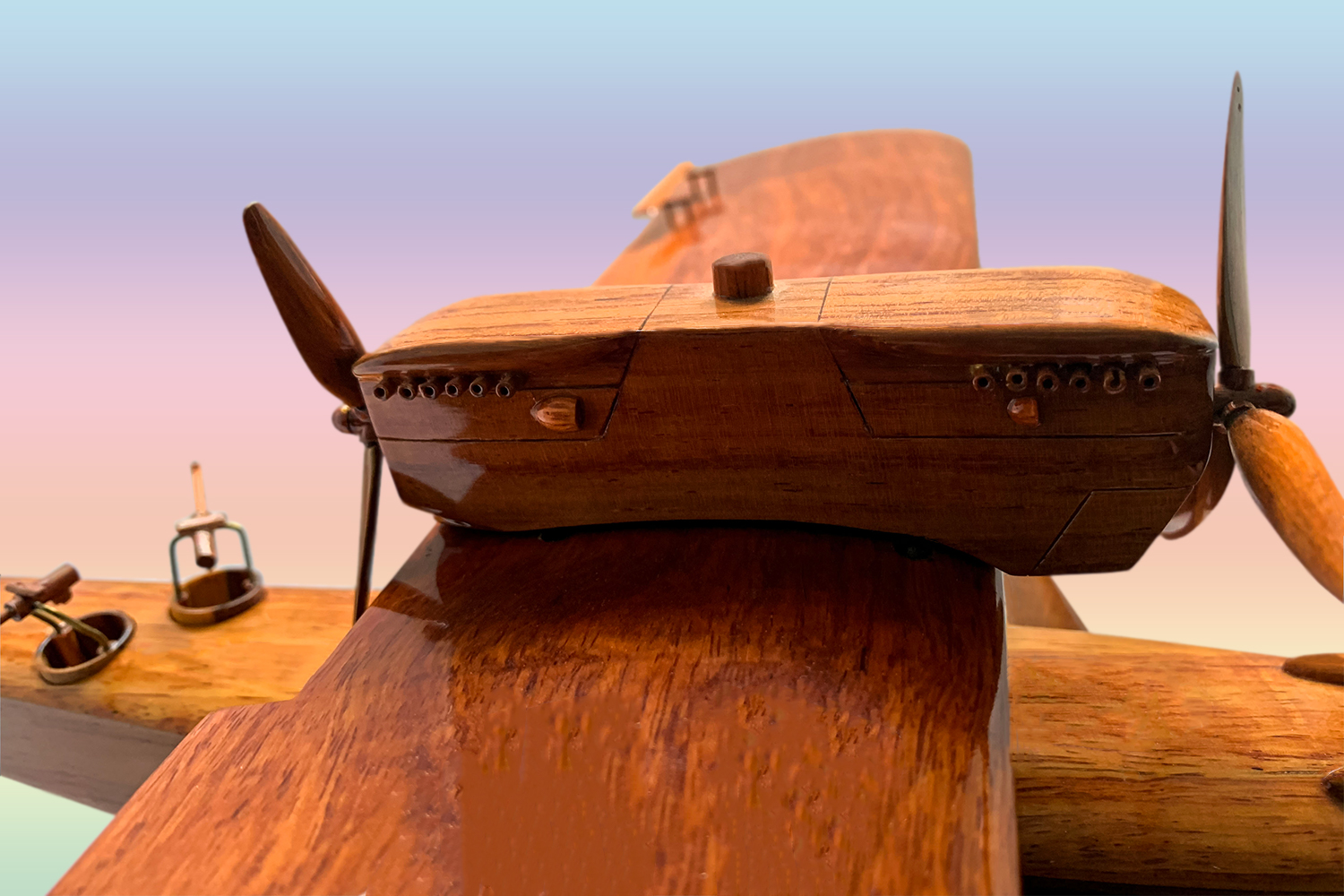
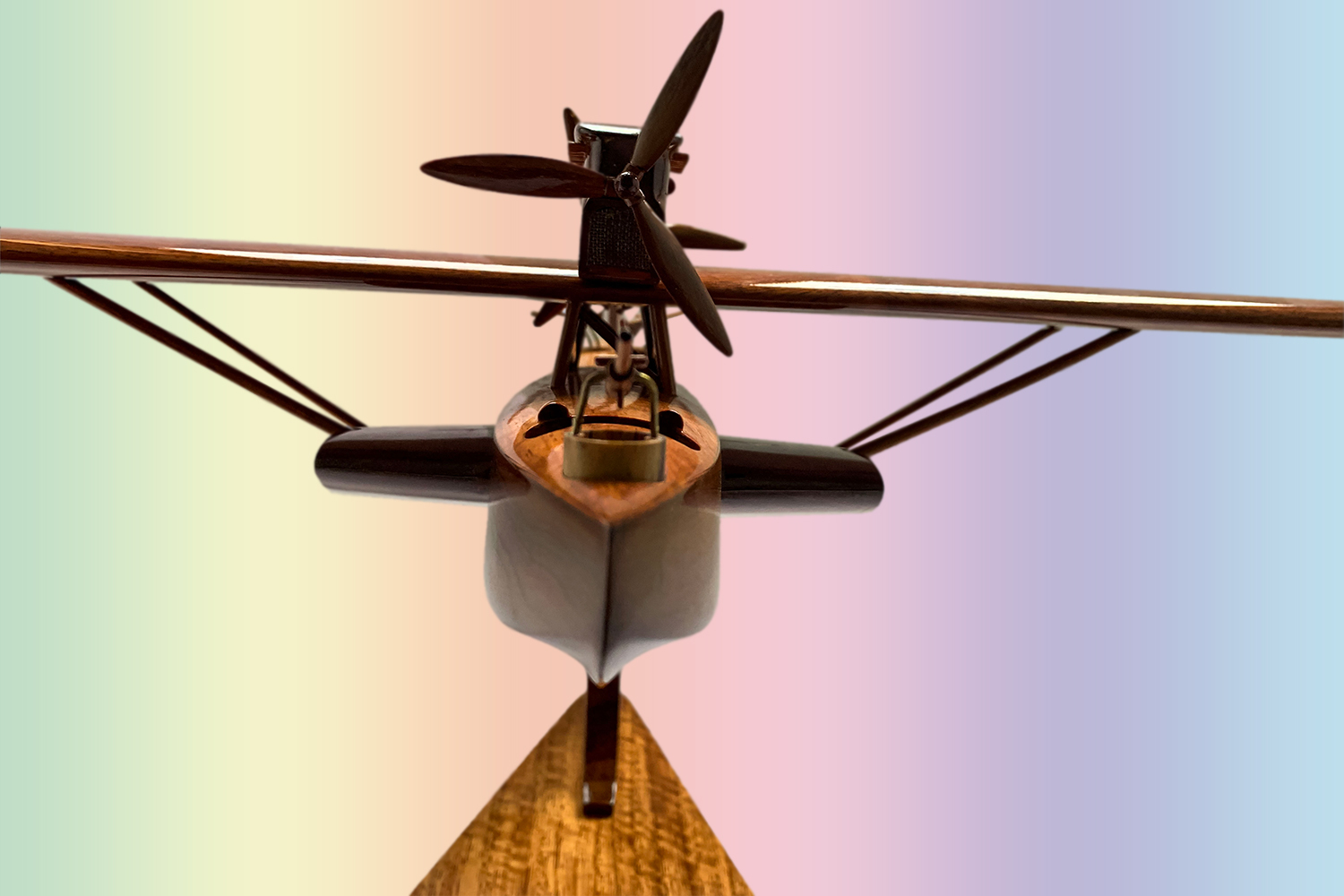
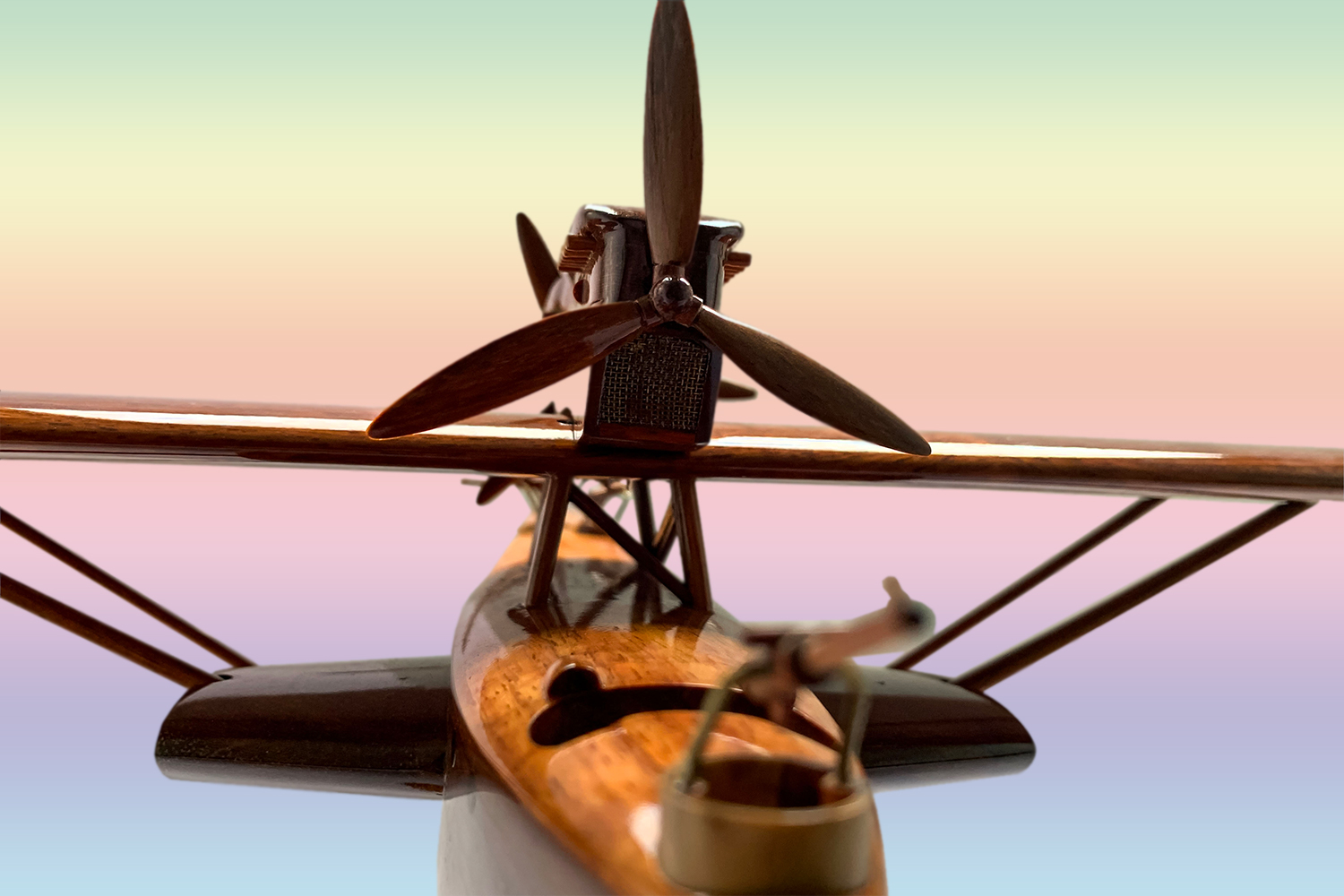


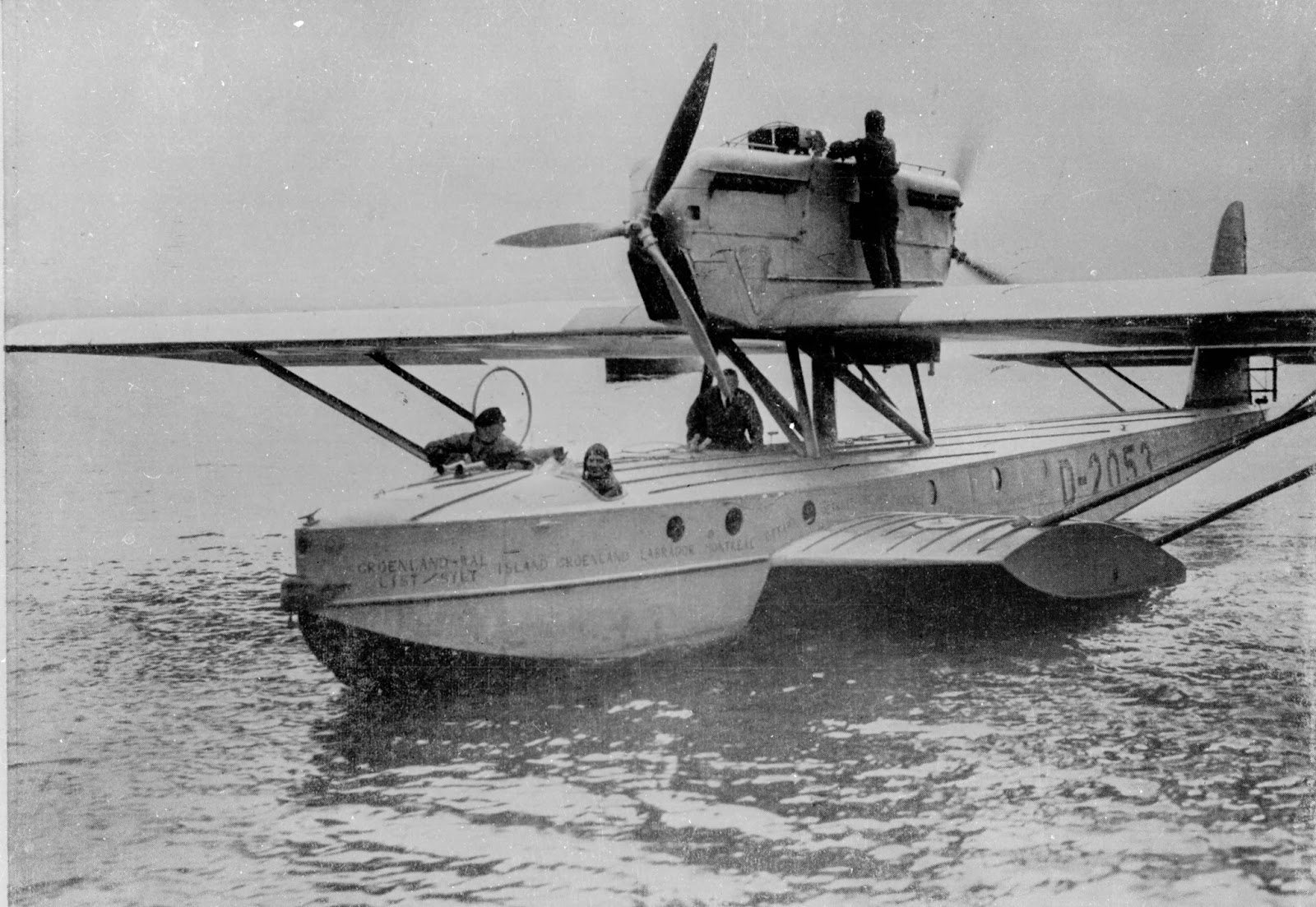



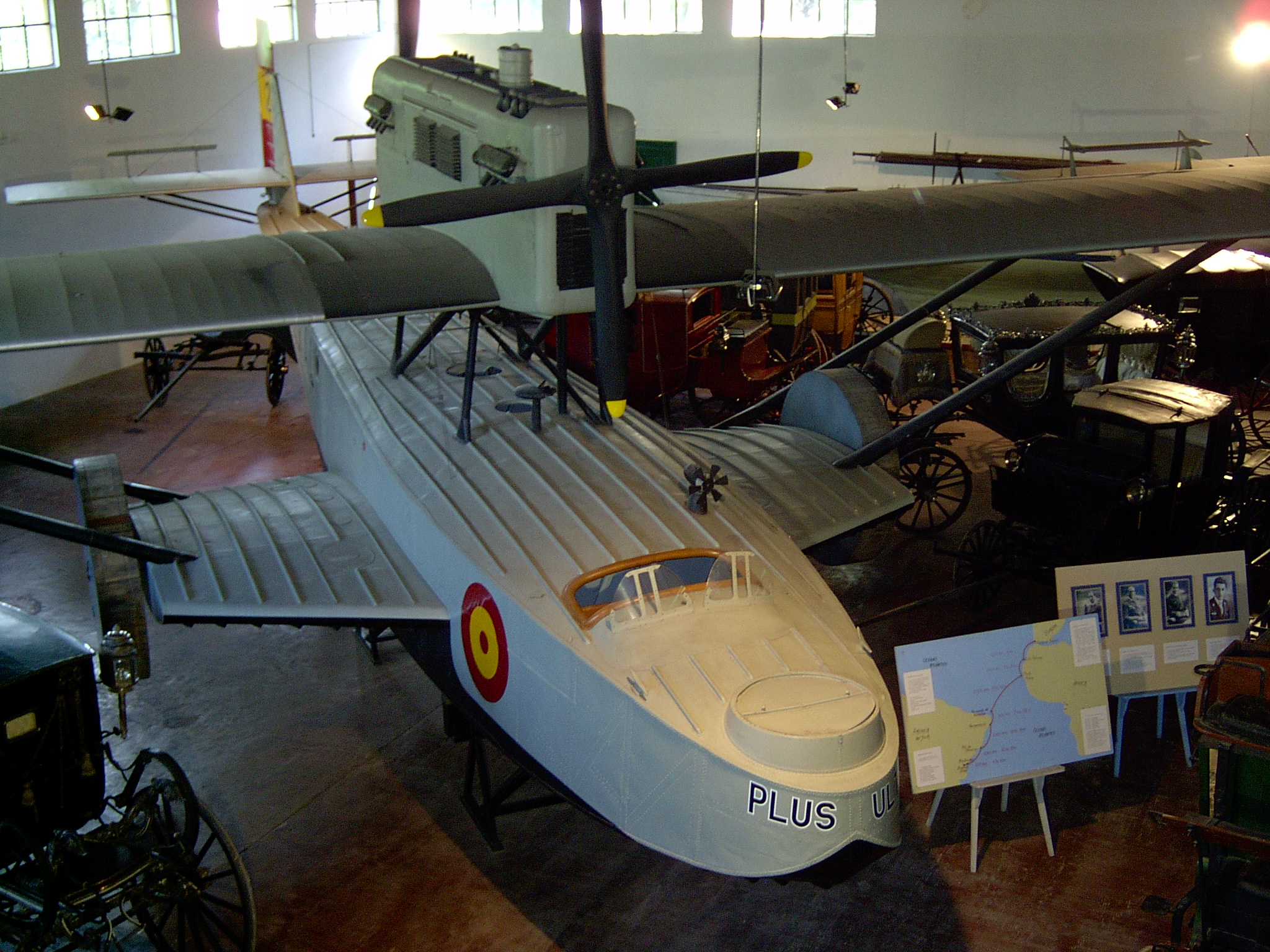
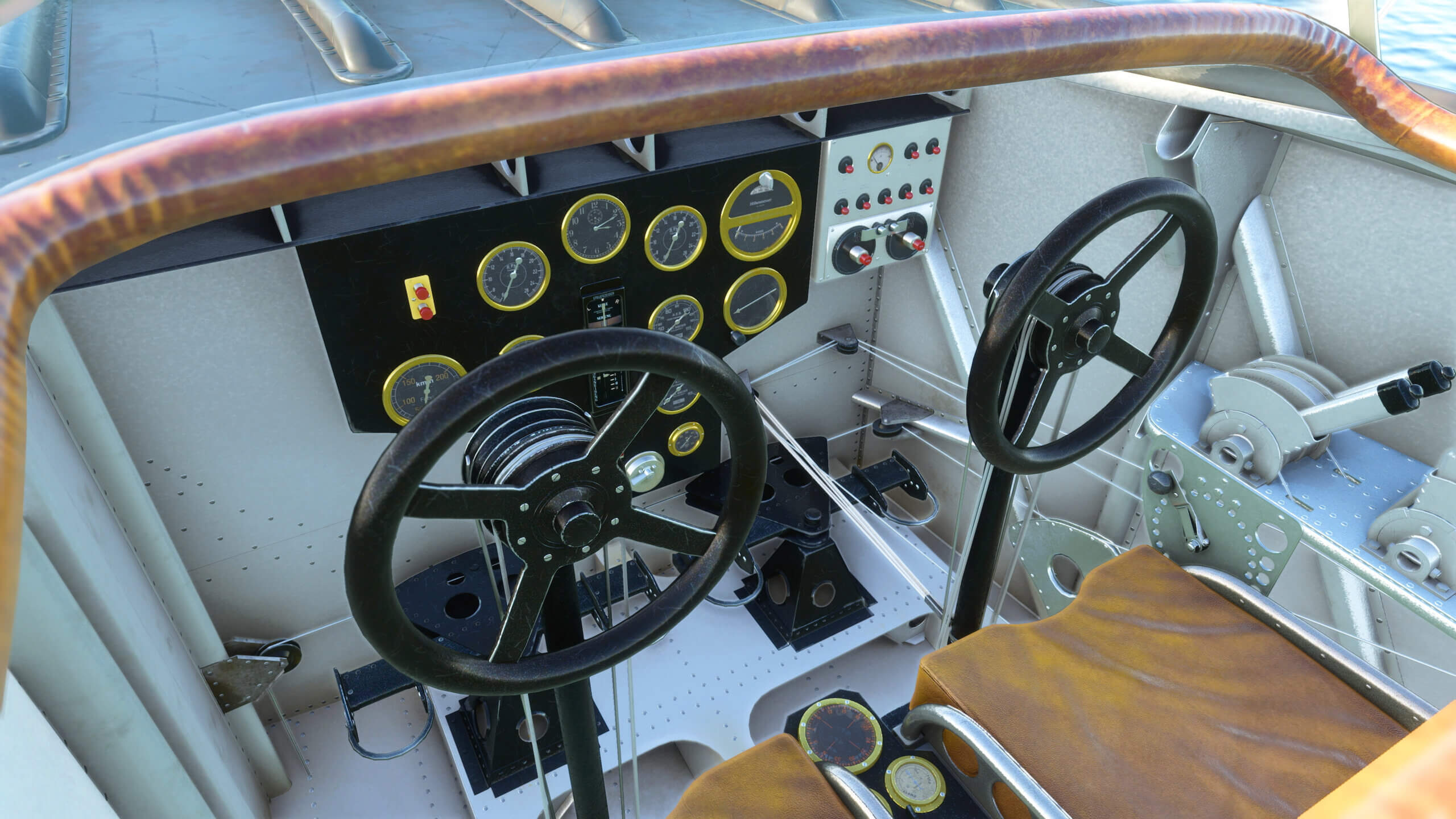

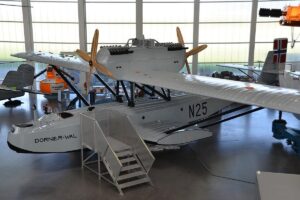
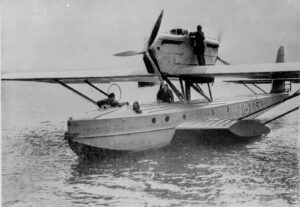
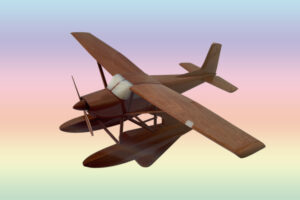
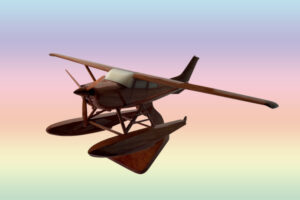
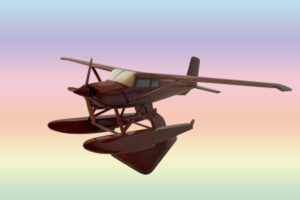
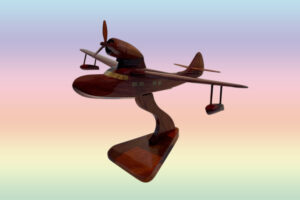
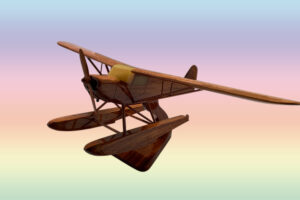
Reviews
There are no reviews yet.